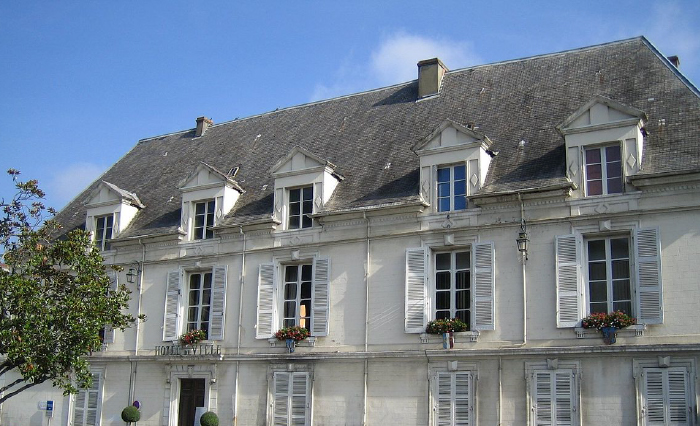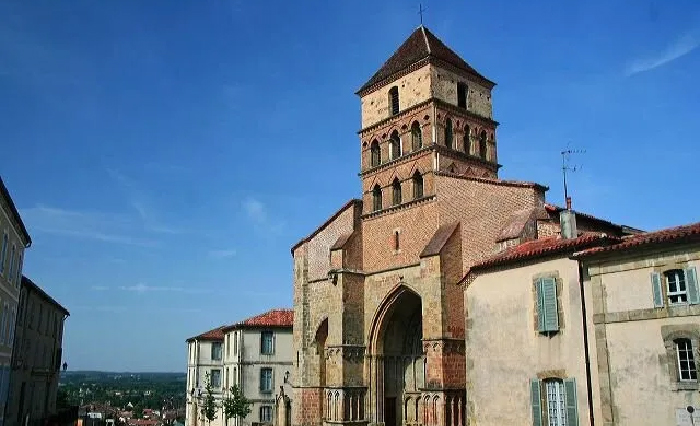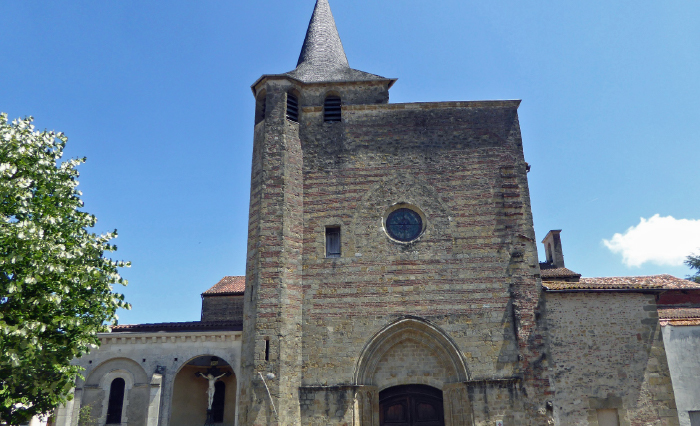Discovering historical heritage
d’Aire sur l’Adour
Discover our historic sites
Discover the historical heritage of Aire sur l'Adour through short videos with subtitles and audio description.
Aire sur l'Adour is a town in the Landes department in the Nouvelle-Aquitaine region. Its inhabitants are called Aturins and Aturines.
The town enjoys a privileged geographical position. It is linked by the A65 motorway and is 150 km south of Bordeaux and 50 km north of Pau. As a result, the town is a major thoroughfare, a crossroads between the Pyrenees and the Atlantic Ocean, not to mention a stopover on the route to Santiago de Compostela.
In December 2022, the town was awarded the 3rd Flower of the "Villes et Villages Fleuris" label, highlighting its commitment to improving the quality of life of its residents and enhancing its environment.
A little history
Aire sur l'Adour is one of the oldest towns in the Landes department. Its origins probably date back to a Celtic settlement that named the place "Atura".
A bit of history :
Aire sur l'Adour is one of the oldest towns in the Landes department. Its origins probably date back to a Celtic settlement that named the place "Atura".
In 56 BC, the city was the site of a battle between the troops of Crassus, Caesar's lieutenant, and Pompey. Rome reorganised the town and renamed it "Vicus-Julii", i.e. the town of Julius (Caesar).
Aire sur l'Adour was a bishopric for fifteen centuries:
the first bishop is attested in 507 at the Council of Agde, under the name of Marcellus. The bishops shaped religious life, but they also had a major influence on economic and educational life. At the end of the 11th century, a bishop had the cathedral of Saint-Jean-Baptiste built (no doubt on the foundations of the old building), while at the same time, at Le Mas and next to the Benedictine abbey, the church of Sainte-Quitterie (from its original name, Eglise Saint Pierre) was built. In 1290, a pact was signed with the King of England to protect the town from exactions. In 1569, during the Wars of Religion, Montgomery, a Protestant general, ravaged all the religious buildings in Aire.
In 1855, the town was given a vast octagonal hall for the grain market, which was flourishing at the time. In addition to this trade, Aire was very famous for its foie gras market, and for a long time remained the "capital of foie gras" with its covered market built in 1911. Since 1927, the Town Hall has been housed in the former episcopal palace.




